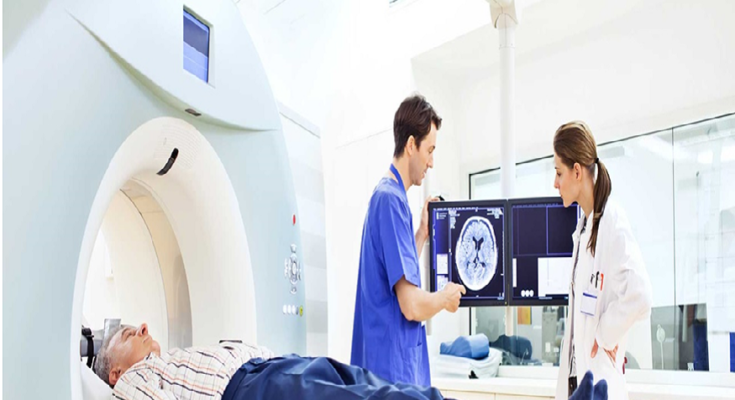The role of radiology
Radiology, or diagnostic imaging, is a series of different tests. It involves taking pictures or images of various parts of the body. These tests allow doctors to see inside the body. There are different imaging exams that can provide several views. The most common ones are X-ray, MRI, ultrasound, and CT scan. Other examples are mammography, nuclear medicine, fluoroscopy, bone mineral densitometry, and PET scan.
Radiology is central to disease management. It has a wide choice of tools and techniques for detection, staging, and treatment. Early diagnosis can save lives. There can be no treatment and no cure without proper diagnosis.
Diagnostic imaging provides a big help to doctors in managing patients. Doctors and physicians rely on Melbourne radiology test results to determine a diagnosis. They then decide on a course of treatment.
Value of radiology
Role of radiologist
A radiologist interprets diagnostic images. These images provide indispensable information to physicians and doctors. They are helpful in making a proper diagnosis and giving treatment options.
Prevention and screening
Radiology often helps in screening various diseases. Screening leads to early detection, staging, and treatment. It also helps in prevention if there is no sign of any disease yet.
Treatment and therapy
Imaging and diagnostic methods are vital in treatment monitoring. These images can show progress or regress. Physicians and doctors can take necessary actions depending on what the images show.
Informing the public
Imaging is crucial in disease detection and prevention. Some people get scared when told they need to have a CT scan or X-ray. There should be proper information dissemination about the importance of imaging.
Benefits of radiology
The rapid advances in radiology technology and theory is vital. They improved the diagnosis and treatment of illness and injury. The following are some of the benefits of radiology.
- Eliminates the need for exploratory surgery;
- Determines the need for surgery;
- Assists in making a diagnosis;
- Helps in further management of most body conditions;
- Involves less risk, a shorter recovery time, and less time in hospital than open surgery;
- Guides the treatment of various conditions, like heart disease and stroke;
- Screens for diseases, such as breast cancer, for early detection;
- Improves cancer diagnosis and reduces mortality rate; and an
- Effective treatment for cancer and other diseases.
Different radiological procedures offer various advantages
CT scans
These visualize the inside of the body in great detail. They remove the need for exploratory surgery. CT scans use computer-processed combinations of many X-ray images from different angles. These are accurate, fast, and painless.
MRI scans
These produce three-dimensional images of soft tissues that do not appear on X-rays. MRI technology uses powerful magnets and radio waves.
Read more: How to Reduce the Cost of Plastic Surgery
Nuclear medicine scans
These help in diagnosis. They also show how functional your internal organs are.
PET scan
It is a nuclear medicine imaging test. It involves the injection of a small amount of liquid radioactive material into the body. PET detects cancer in the body at an earlier stage than CT or MRI scans.
Ultrasound
This imaging is safe, quick, and easy to perform. It does not use any radiation. This is often used in pregnancy for monitoring the development of the baby.
X-rays
Plain radiography or x-rays are painless, fast, and non-invasive. They help in diagnosing bone and joint-related conditions.




